Industry information
Company News
- Painted aluminum veneer, the new darling of fashionable architecture
- Aluminum veneer customization, creating personalized spatial aesthetics
- Fluorocarbon aluminum veneer: a perfect combination of architectural aesthetics and durability
- The perfect combination of stylish and durable baked aluminum veneer!
- Fluorocarbon aluminum veneer: the fashionable "coat" of modern architecture
Industry dynamics
- Revitalize the space, paint coated aluminum veneer interprets a new chapter of fashion
- Fluorocarbon baked paint aluminum veneer: the "fashionista" in the aluminum industry
- Application effect of arc carved aluminum veneer in exterior wall decoration of buildings
- Fluorocarbon aluminum veneer: the new darling of architectural aesthetics
- Fluorocarbon aluminum veneer: the 'invisible hero' of modern architecture
Frequently asked questions
- How many color and texture options are available for aluminum veneer?
- What are the advantages and disadvantages of aluminum veneer compared to plastic exterior walls?
- How to evaluate the impact of aluminum veneer's removability on the appearance of buildings?
- Can aluminum veneer be customized?
- Can the insulation function of aluminum veneer reduce indoor noise?
contact us
Mobile:+86 15627778610
Email: 2201229786
Address: No. 5 Binjiang Road, High tech Zone, Zhaoqing City, Guangdong Province
How does aluminum veneer provide the seismic performance required for modern buildings?
- Author: Supreme Building Materials (Guangdong) Co., Ltd
- Release time: February 20, 2025 06:38:27
- Click:0
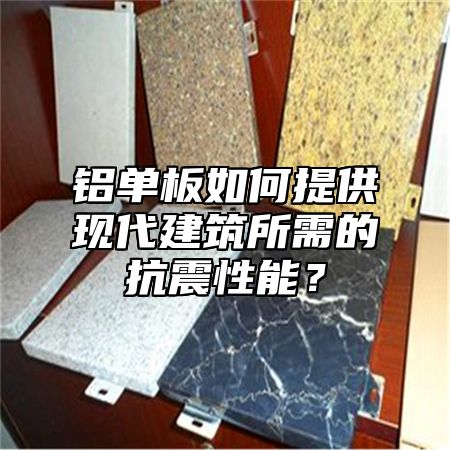
The seismic performance of modern buildings is receiving increasing attention, andAluminum veneerAs a new type of building material, it also needs to have good seismic performance to meet this requirement. This article will provide a detailed introduction from multiple perspectives on how aluminum veneer provides the seismic performance required for modern buildings.
1、 Structural Design
The structural design of aluminum veneer is one of the important factors to ensure its seismic performance. Generally speaking, the structure of aluminum veneer should have high strength and stiffness to ensure that it is not easily deformed or broken under earthquake action. It is also necessary to install sound insulation or thermal insulation layers between the aluminum veneers to reduce the increase in seismic waves caused by air circulation.
2、 Dragon bone system
The keel system of aluminum veneer is also an important factor in ensuring its seismic performance. Generally speaking, the keel system should use high-strength metal materials and undergo strict quality control and testing to ensure its load-bearing capacity and stability. Reasonable earthquake calculation and control can also be carried out based on specific factors such as building height and regional climate conditions to ensure the seismic performance and service life of aluminum veneer.
3、 Sealing strip
During the installation process of aluminum veneer, it is necessary to use sealing strips to fill the gap between the aluminum veneer and the keel to prevent moisture from penetrating into the interior of the aluminum veneer. Generally speaking, sealing strips should be made of materials with good water resistance and weather resistance, and undergo strict quality control and testing to ensure their waterproof performance and service life. These measures can not only increase the sealing and shock resistance of aluminum veneer, but also improve its overall structural stability and safety.
4、 Material selection
The material selection of aluminum veneer is also an important factor in ensuring its seismic performance. Generally speaking, high-quality aluminum with high strength and stiffness should be selected as the raw material for aluminum veneer, and appropriate surface treatment processes such as anodizing should be adopted to improve its corrosion resistance and wear resistance. Aluminum veneers of different thicknesses and shapes can also be selected according to specific needs to meet different building requirements.
Aluminum veneer can provide the seismic performance required for modern buildings through multiple means such as structural design, keel system, sealing strips, and material selection. Only by fully considering these factors and taking corresponding measures for optimization and control, can the advantages of aluminum veneer be fully utilized to provide safer, more aesthetically pleasing, and environmentally friendly solutions for buildings.

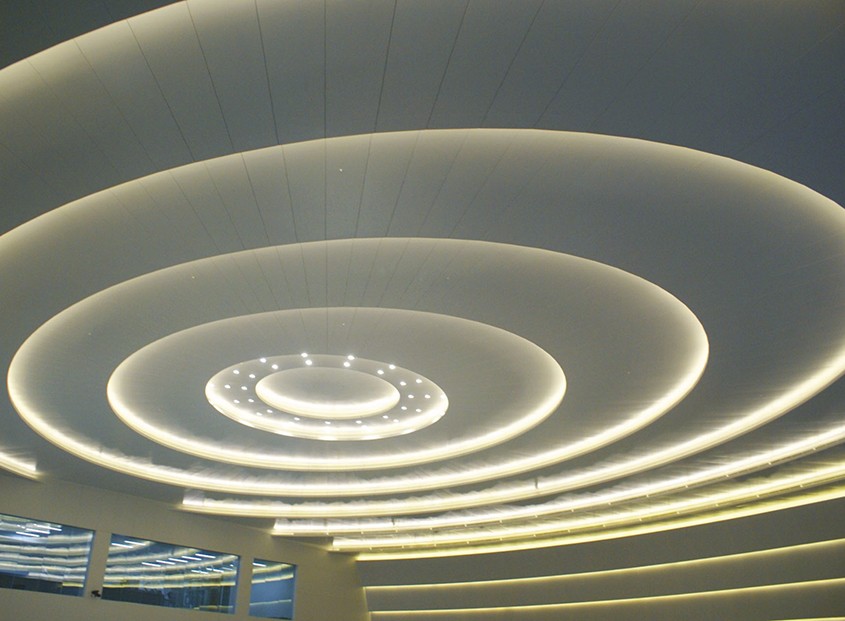
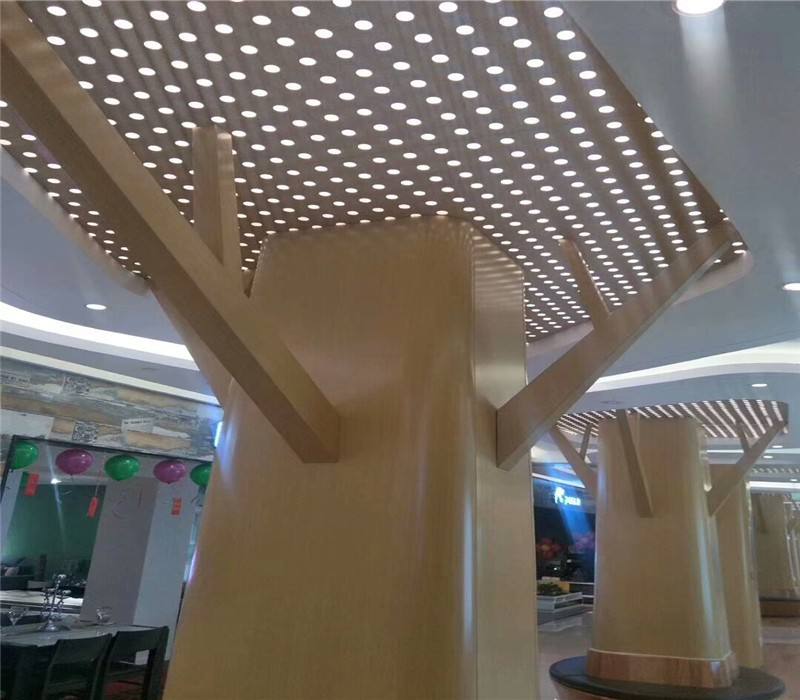
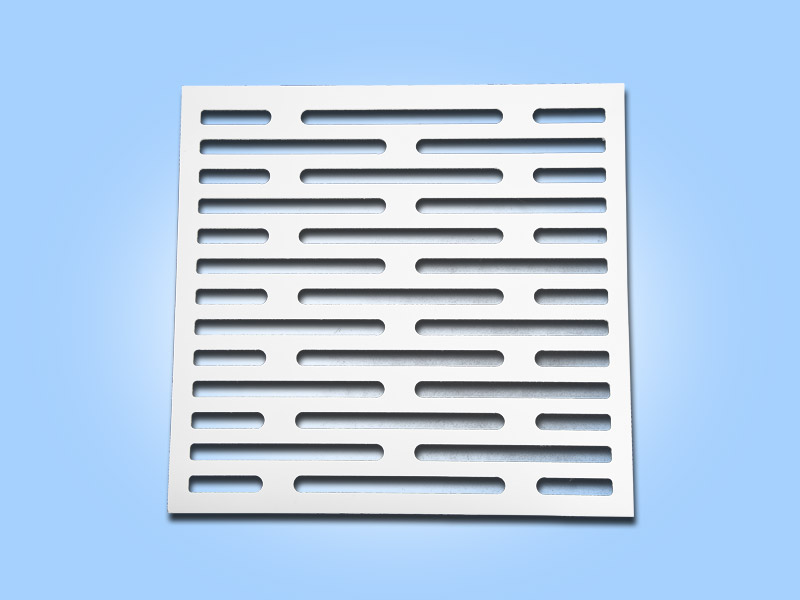
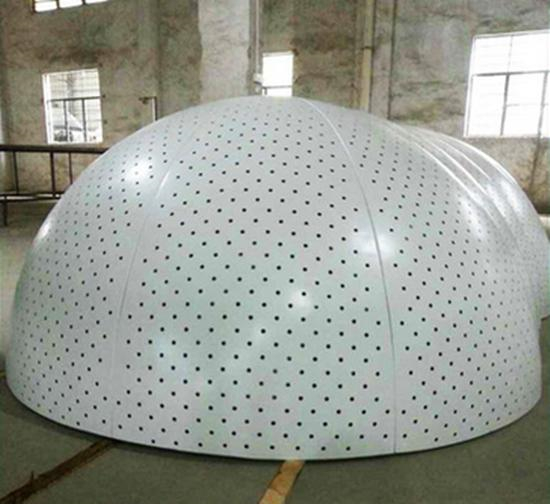
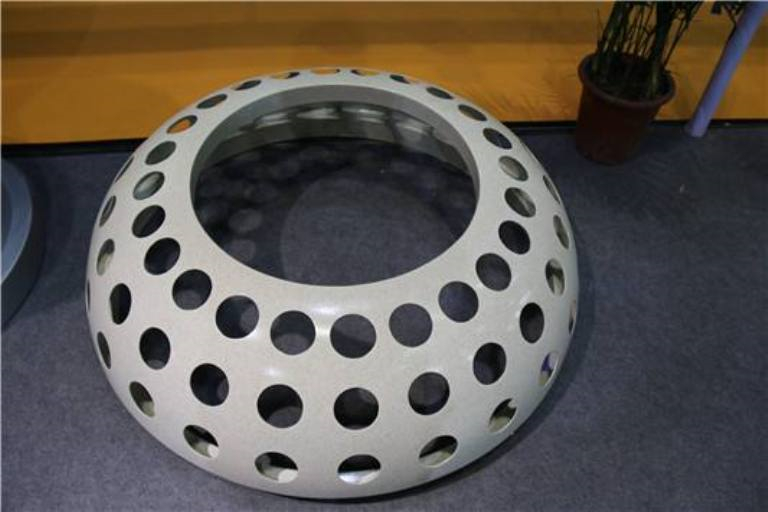
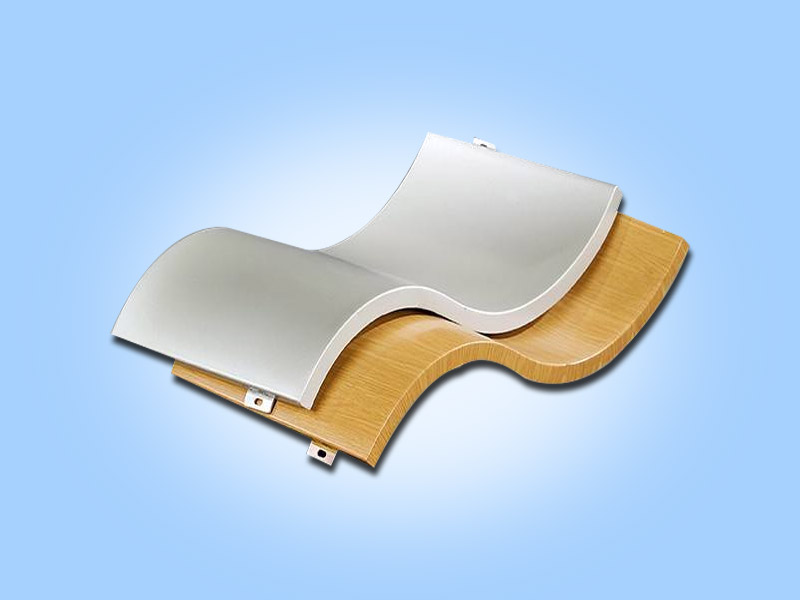
 Customer service QQ
Customer service QQ